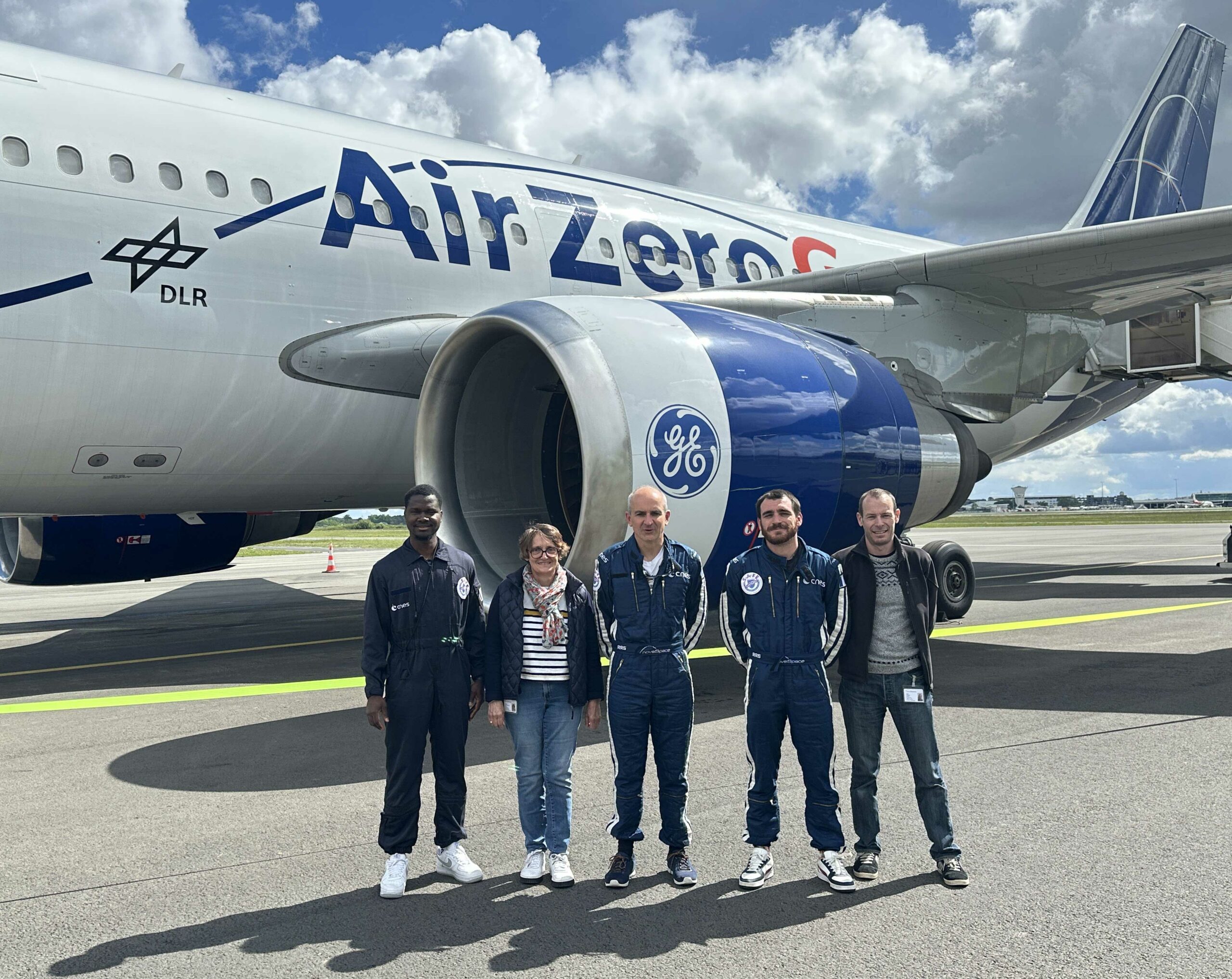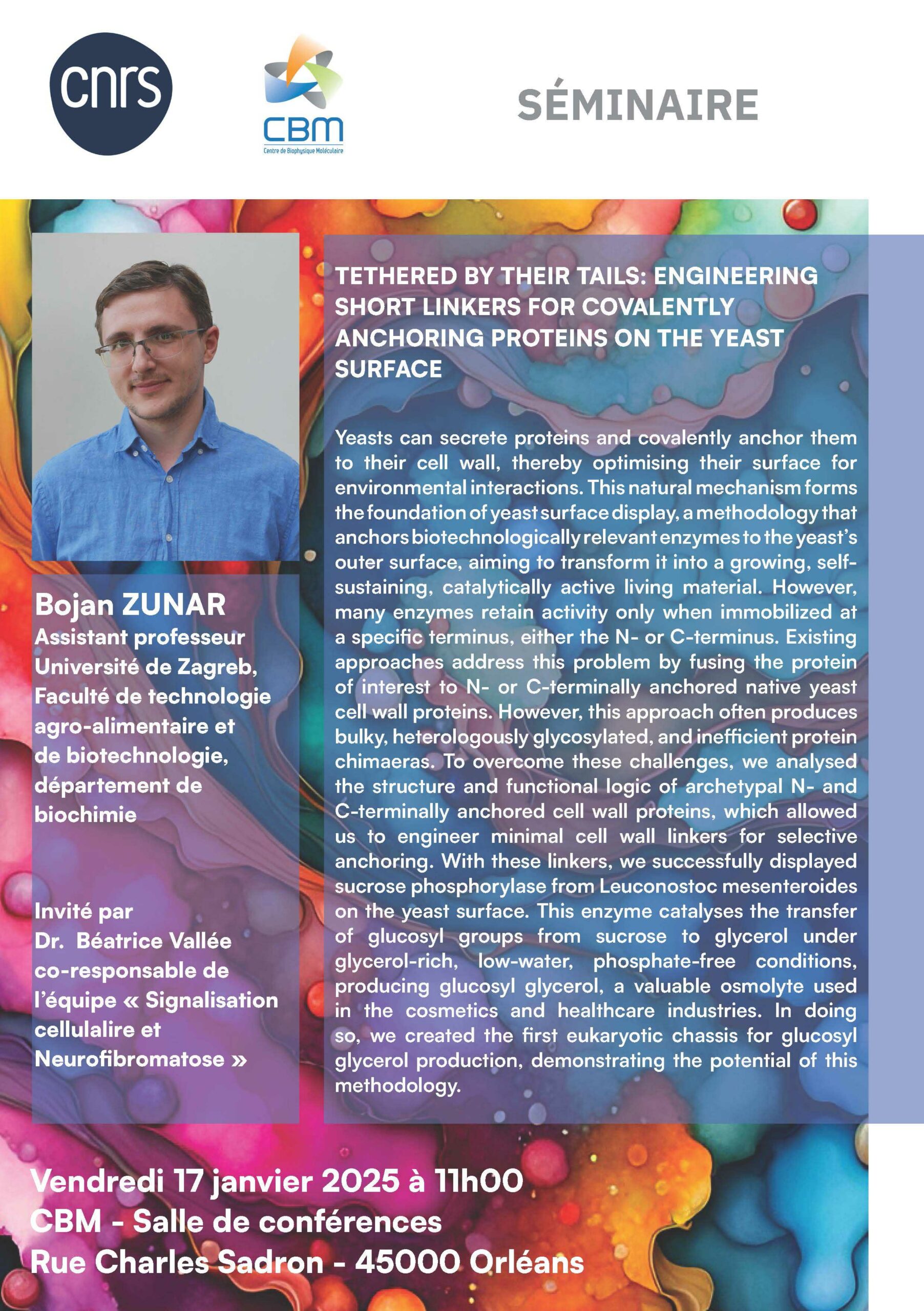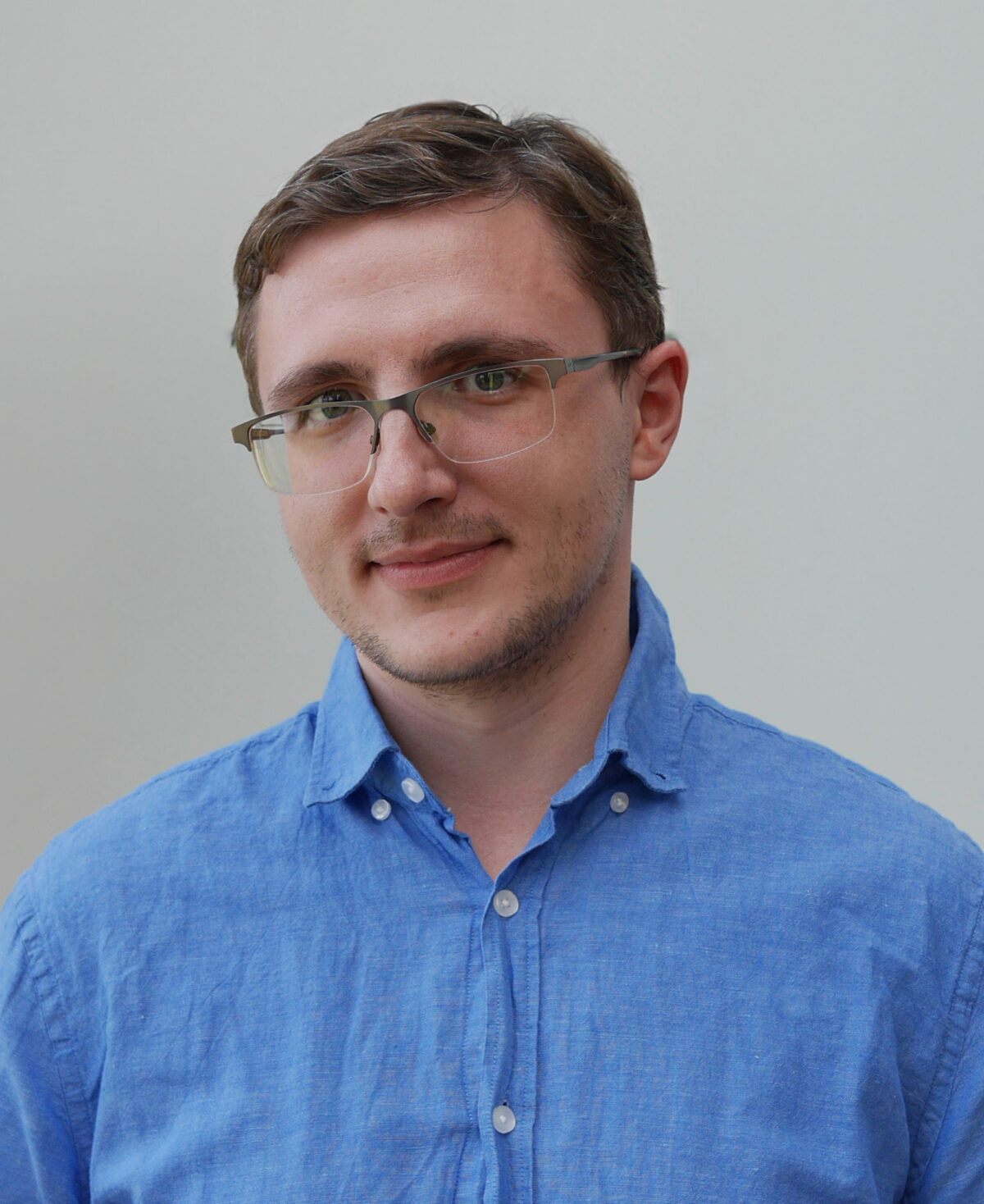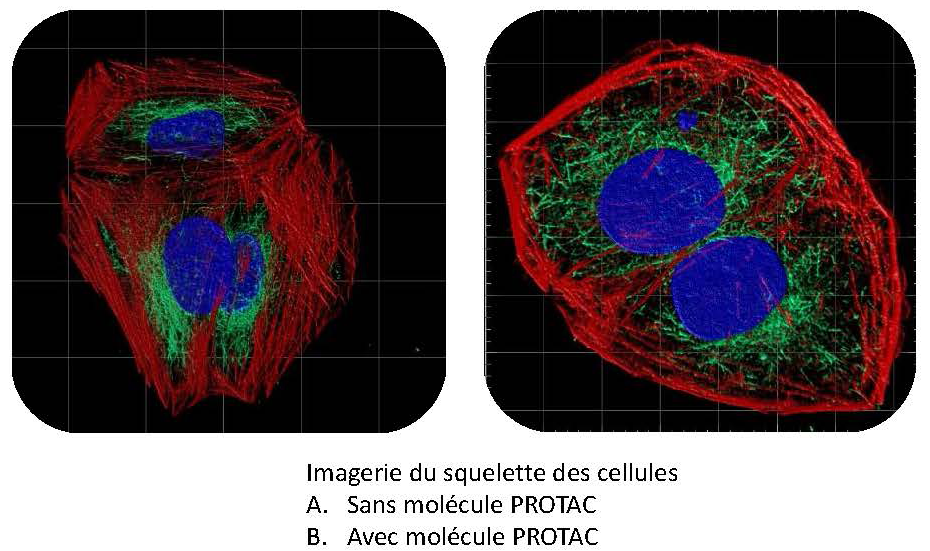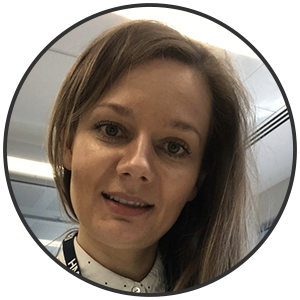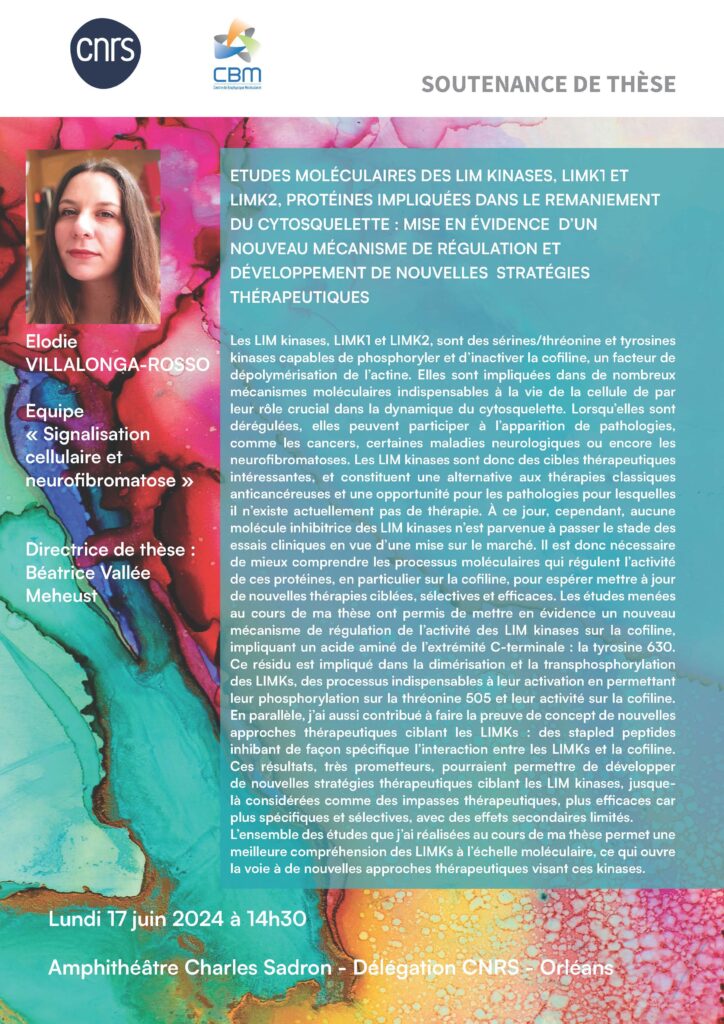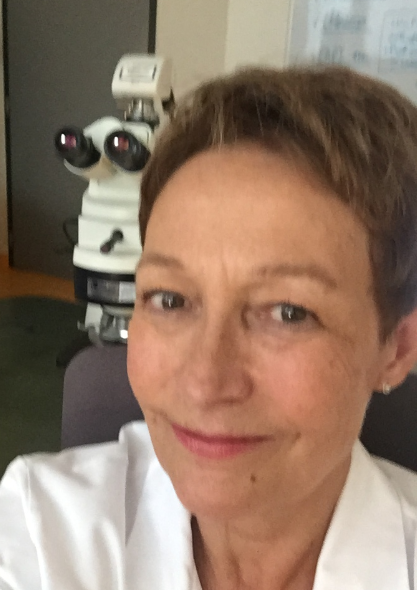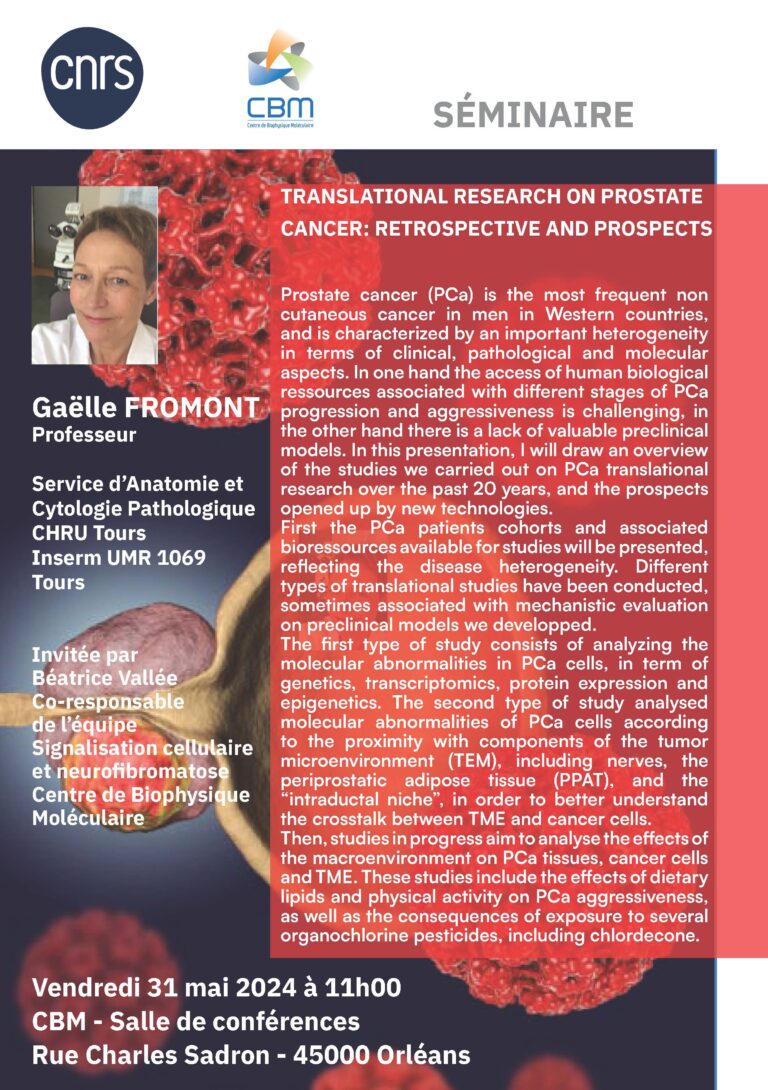During the week of 14 April 2025, Septuce Zin, a PhD student in the CBM's ‘Skin Biology and Microenvironment’ team, took part in a parabolic flight campaign with GREMI scientists. The subject of his thesis is innovative atmospheric cold plasma therapy for the healing of acute wounds in space. During this parabolic flight campaign, on board the A310 ZERO-G operated Novespace, a subsidiary of the French space agency CNES, skin cells were exposed to different phases of weightlessness in order to study the effect of microgravity on these cells.
